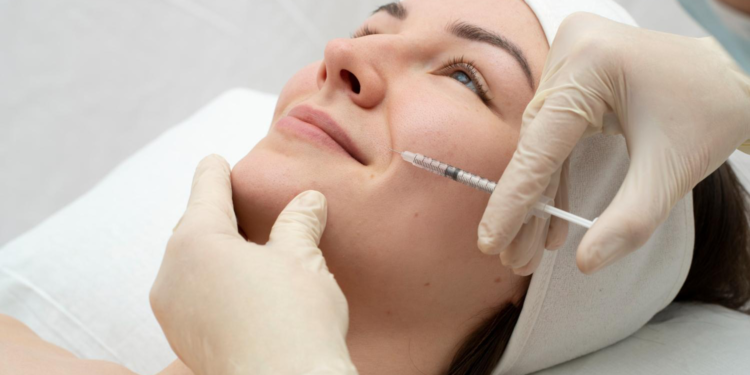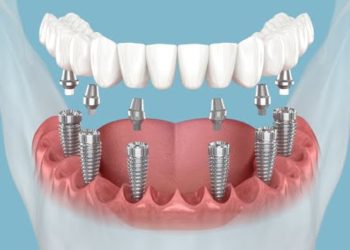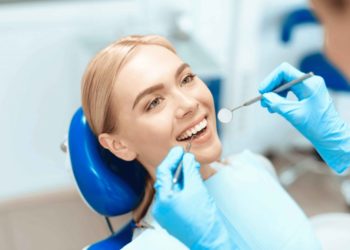Dermal fillers have become a popular choice for those looking to enhance their facial features or combat the signs of aging without resorting to invasive surgery. Whether you’ve opted for cheek fillers to add volume or lip fillers to achieve that perfect pout, aftercare is crucial to ensuring the best results. One of the most important aspects of aftercare is how to sleep after dermal fillers. Improper sleeping habits can compromise the effectiveness of your dermal fillers, leading to uneven results or even complications. This article will guide you through the essential do’s and don’ts for sleeping after dermal fillers to help you maintain your enhanced appearance.
Why Sleep Matters After Dermal Fillers
After receiving dermal fillers, your skin needs time to heal and allow the fillers to settle properly. During this period, your body naturally undergoes various processes, such as reducing swelling and integrating the filler material with your skin tissue. Sleep plays a critical role in these processes, as it is the time when your body focuses on healing and repair. However, the position in which you sleep and how you handle your skin during this time can significantly impact the final outcome of your filler treatment.
If you sleep in a way that puts pressure on the treated areas, such as on your side or stomach, you risk displacing the fillers or causing them to settle unevenly. This can lead to asymmetry or less than desirable results, which may require additional treatments to correct. Additionally, sleeping in an environment that does not support proper healing, such as a room that is too warm or using an unclean pillowcase, can increase the risk of complications, such as infection or prolonged swelling.
While this guide focuses on aftercare, it’s also important for professionals to consider the quality of the products they use. Ensuring that the fillers used are safe, effective, and sourced from reliable suppliers is essential for achieving the best results. For those in the industry, making informed choices about where to buy dermal fillers online can impact both client satisfaction and treatment success.
Do’s for Sleeping After Dermal Fillers
- Sleep on Your Back: One of the most crucial recommendations after getting dermal fillers is to sleep on your back. This position minimizes pressure on your face, allowing the fillers to settle evenly without the risk of distortion. For many people, especially those who usually sleep on their side or stomach, this may require some adjustment. Consider using a pillow that supports your neck and keeps you comfortable while lying on your back throughout the night.
- Use Extra Pillows to Elevate: Your Head Elevating your head slightly while you sleep can help reduce swelling and promote better circulation. This is particularly beneficial after getting cheek or lip fillers, where swelling might be more noticeable. You can achieve this by using an extra pillow or a wedge pillow designed to elevate your upper body. This position not only helps with swelling but also ensures that gravity works in your favor, helping the fillers settle more naturally.
- Keep Your Pillowcase Clean: Maintaining a clean sleeping environment is essential after any cosmetic procedure, including dermal fillers. Your skin is more sensitive and prone to infections during the healing process, so it’s vital to ensure that your pillowcase is freshly laundered. Consider changing your pillowcase nightly for the first few days after your treatment to minimize the risk of bacteria coming into contact with the treated areas.
Don’ts for Sleeping After Dermal Fillers
- Avoid Sleeping on Your Side or Stomach: Sleeping on your side or stomach puts direct pressure on the treated areas, which can cause the fillers to move or become uneven. This is particularly important for those who have had cheek or lip fillers, as these areas are more likely to be affected by pressure. While it can be challenging to change your natural sleeping position, the first few nights after your treatment are crucial, and it’s worth the effort to sleep on your back.
- Don’t Apply Pressure to the Treated Area: Even if you manage to sleep on your back, it’s important to be mindful of any additional pressure you might accidentally apply to your face. Avoid resting your face on your hand while sleeping, as this can still cause displacement of the fillers. Additionally, be cautious when turning over in bed or adjusting your pillows, ensuring that you don’t accidentally press against the treated areas.
- Avoid Heavy Moisturizers Before Bed: While keeping your skin hydrated is important, heavy moisturizers can trap heat against your skin, which might increase swelling and discomfort during the night. Instead, opt for a lightweight moisturizer recommended by your practitioner, or avoid applying any products to the treated areas before bed unless specifically advised. This allows your skin to breathe and reduces the risk of swelling.
Specific Tips for Cheek and Lip Fillers
Cheek Filler Aftercare Sleeping
Cheek fillers require special attention because the cheeks are one of the most prominent areas of the face. After getting cheek fillers, it’s crucial to avoid any sleeping position that might compress your cheeks. Using a U-shaped travel pillow can be particularly helpful in keeping your head stable and supported, ensuring that you stay on your back throughout the night.
How to Sleep After Lip Filler
Sleeping after lip fillers comes with its own set of challenges. The lips are more delicate, and any pressure can easily distort the filler’s placement. Sleeping with your head elevated is particularly important after lip fillers to minimize swelling. Additionally, try to avoid any movements that might stretch or compress your lips during sleep, such as pursing your lips or tucking your face into a pillow.
Additional Post-Filler Care Tips
Staying hydrated is key to helping your skin recover and ensuring that your fillers settle well. Drink plenty of water throughout the day, and consider keeping a glass of water by your bedside to stay hydrated during the night. It’s also essential to use high-quality products during this recovery period. Professionals should always ensure that their supplies, including those sourced from wholesale aesthetic supplies, meet the highest standards to guarantee optimal results for their clients.
Avoiding alcohol and caffeine is also advisable, as these can dehydrate your body, which might negatively impact the healing process and exacerbate swelling. It’s best to avoid these substances, especially in the first few days after your treatment.
Conclusion
Sleeping correctly after receiving dermal fillers is a critical part of the aftercare process that can significantly influence your results. By following the do’s and don’ts outlined in this guide, you can help ensure that your fillers settle evenly and that your skin heals properly. Remember, your commitment to proper aftercare doesn’t end when you leave the clinic; it continues through every night as you sleep.
Prioritize your recovery, follow the advice of your healthcare provider, and enjoy the results of your dermal fillers for months to come.












































































